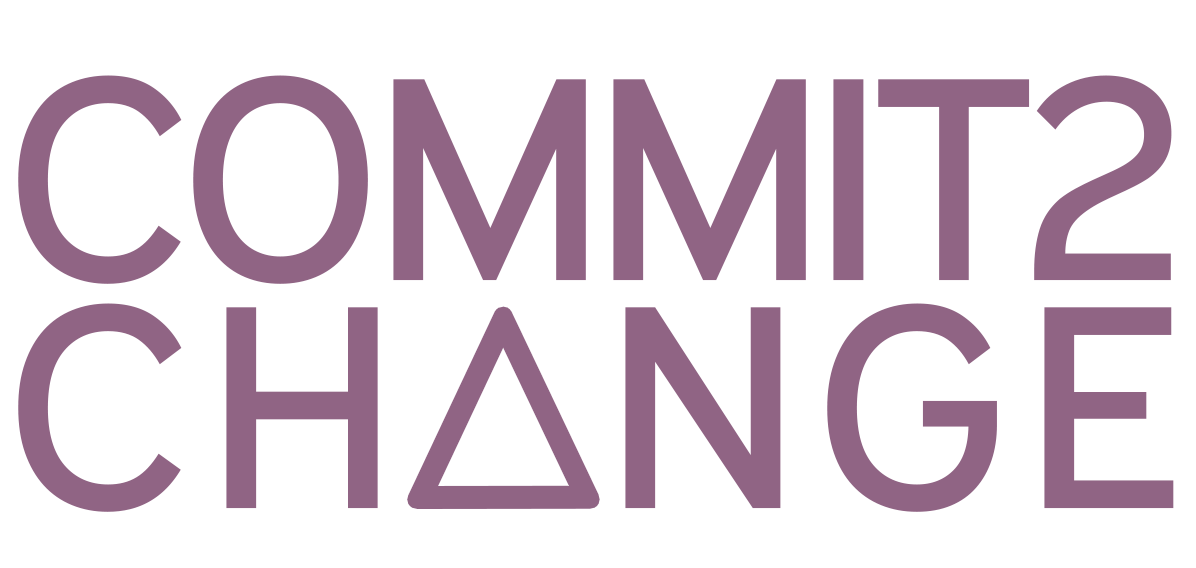Photo credit: Himanshu Singh Gurjar | Photo taken in Andheri East, Mumbai, India
Education is always a controversial policy issue, and rightly so. The tangible effects that education can have on a country’s development are astronomical. For developing countries, education is a gateway and a means to address systemic issues, like gender inequality. The Economic Times of India reports that gender parity can boost India’s GDP by over 27 percent, based on research done by the International Monetary Fund.
Education is the first step to solving this deep-rooted problem. Girl’s access to proper schooling is a problem that continues to plague areas across the country. This fact isn’t news, but what happens is that people get so daunted by how large this issue is — and how far off the promise of things like gender parity and boosted GDP seem — that they prefer to just let things be.
While these large-scale factors should definitely be taken into consideration, we often forget that educating girls can have a huge impact even within their respective communities. From empowerment to upending cultural norms, here’s how the power of educating one Indian girl ripples outwards:
The Promise of Empowerment
When a girl goes to school, she learns that she’s capable of understanding difficult concepts and begins to see herself as someone who can achieve more than taking care of the house. India Today reports that more needs to be done to help girls achieve financial independence through programs that focus on mental healthcare and skill development. A girl who is empowered to achieve through education will have a much brighter future. Research by Maryville University on psychological behaviors highlights the links between mental health and learning progress, as something that continues to develop as we age. As Indian girls strive to succeed, the positive mental benefits of education will lead them to be able to make changes in their community.
Education has the power to contribute to a healthy self-image and higher self-esteem. Our previous post on Jetting Through Bangalore details an anecdote in Bangalore where a 20-year-old Bachelor of Arts student professed that, despite the prevailing inequalities in India, “we girls are smarter than them so it’s okay, we can fight for what we want.”
Tangible Cultural Change
Such empowerment leads to these educated girls becoming champions within their local communities, pushing back against old systems that don’t work and using their knowledge to better those around them.
Marrying daughters off at a young age is common in India, and is sometimes even seen as a way for parents to obtain more resources through dowries. As girls’ education initiatives continue to rise, many parents are now pushing for their daughters to become educated and independent in their own right. When a girl gets educated, her family begins to see the value in it. And when a local family becomes a champion for change, that’s when widespread community work can begin.
Lots of rural villages also suffer from widespread health concerns like HIV. There are many organizations that seek to combat this through clinics and seminars, but these interventions work best when done in partnership with local community representatives. Girls who receive an education are primed for this role.
Education ultimately pushes a community forward, making it a modern step in the age of ever-advancing technologies. Investing in children’s education allows rural villages to thrive in the 21st century, which is much-needed as many of these villages still rely on traditional agricultural methods.
India’s Right to Education Act of 2009 emphasizes that all Indian children have a right to education. While there have been some strides towards progress, there remains much work to be done. The best-intentioned government plans often fall short, requiring other players to step in. Partnerships are key to solving this crisis, with organizations working closely with those at the grassroots level to deliver education where it matters most.
Written by Paulette Prentice for Commit2Change

